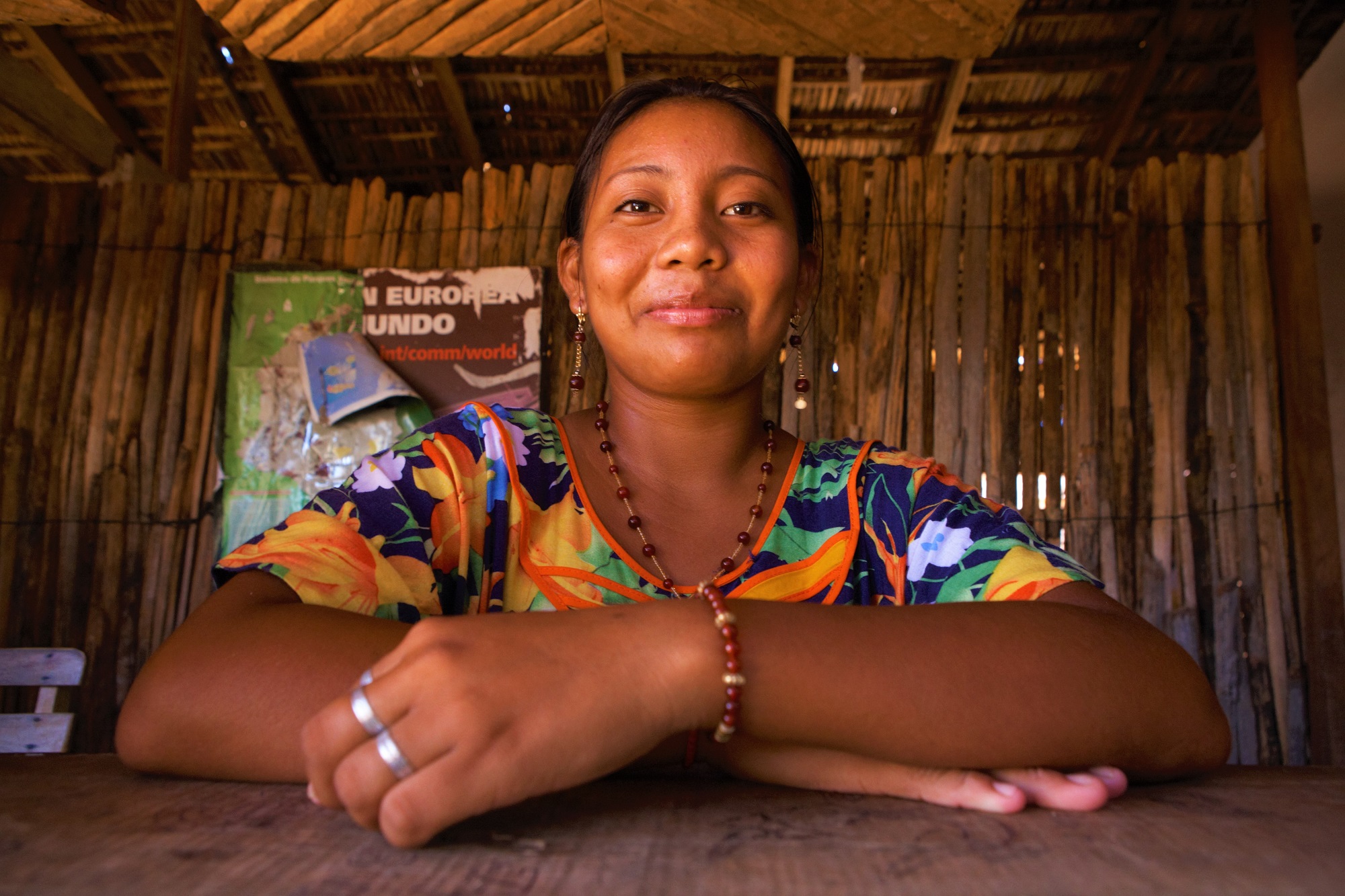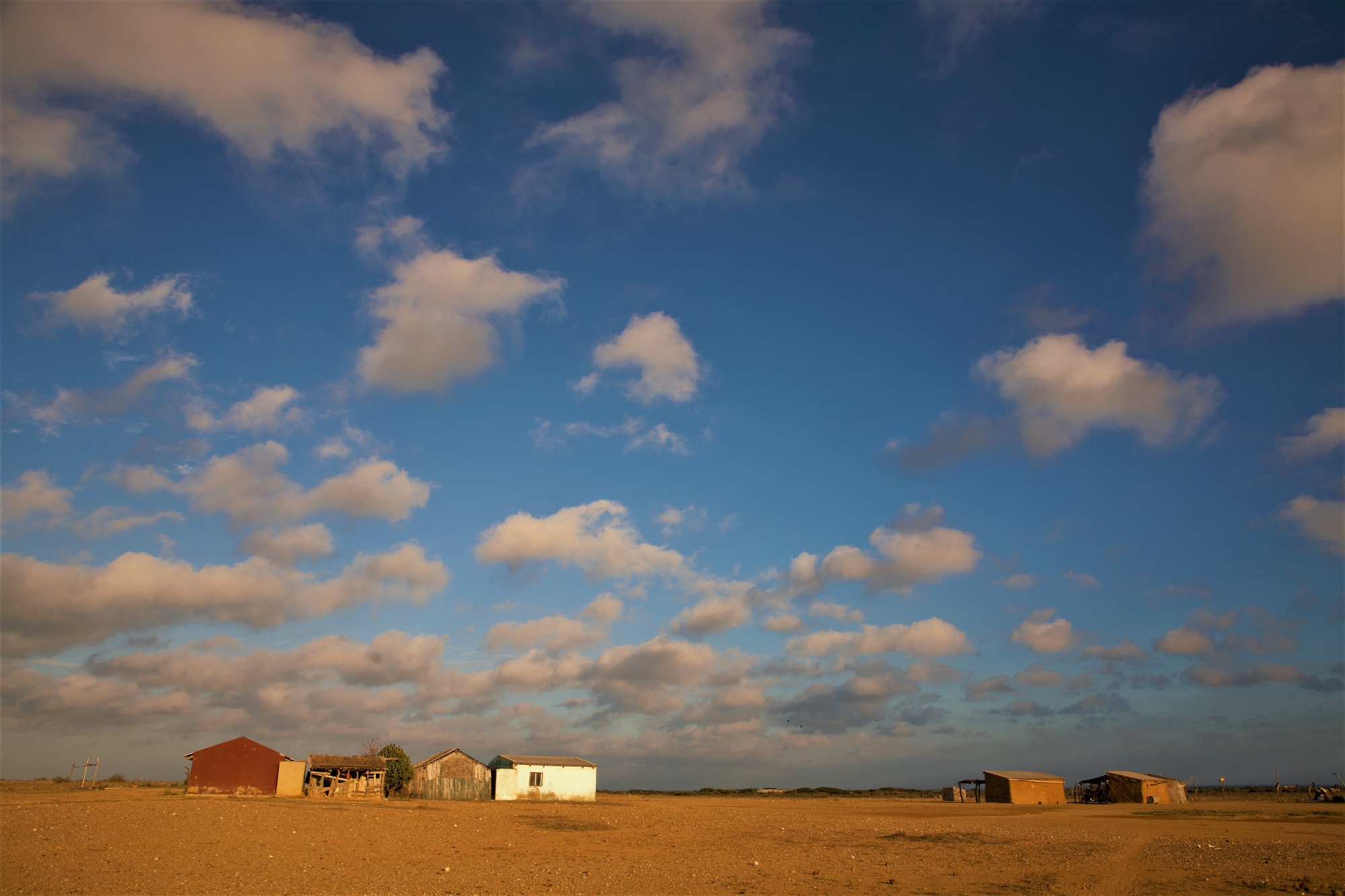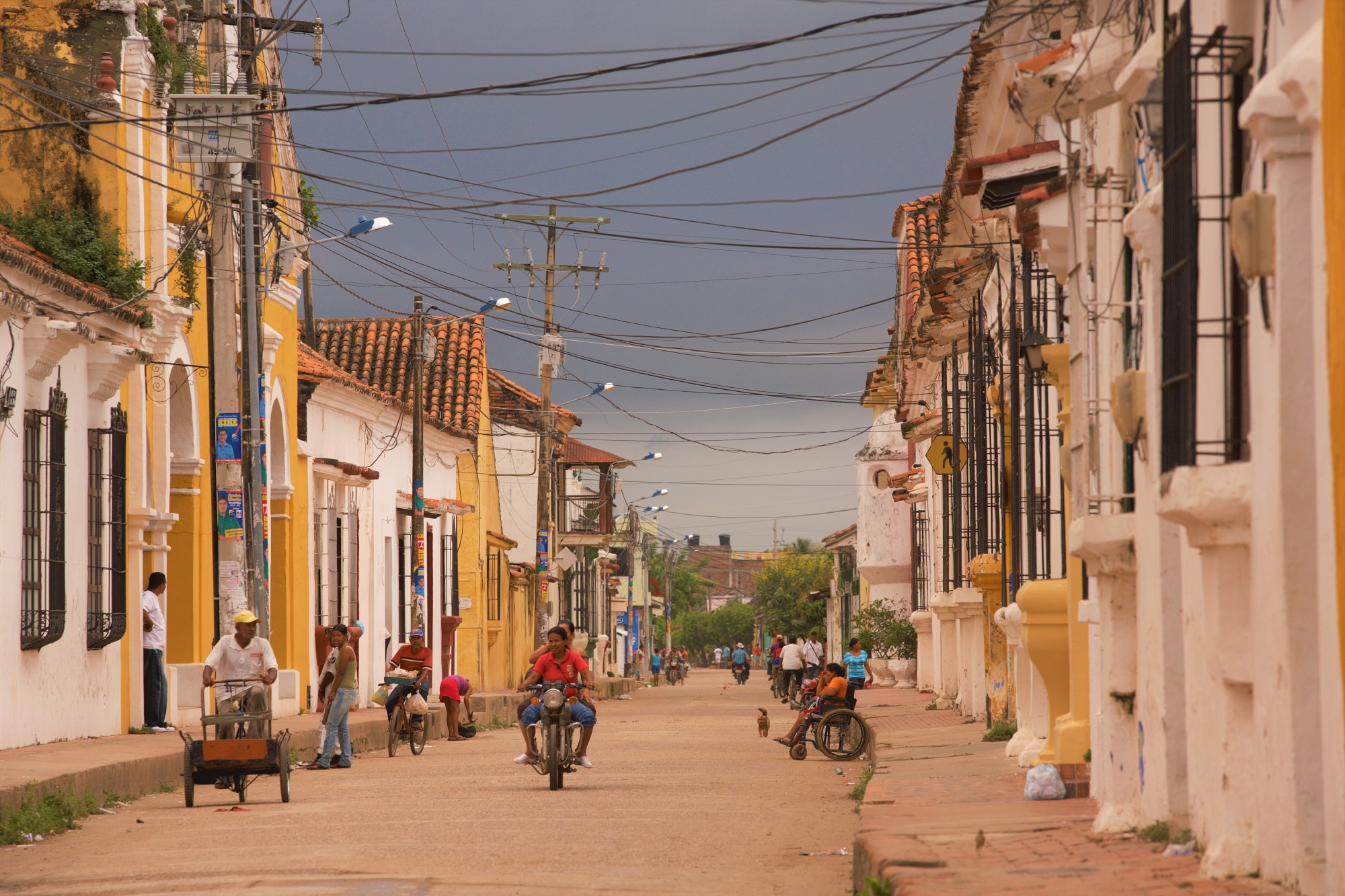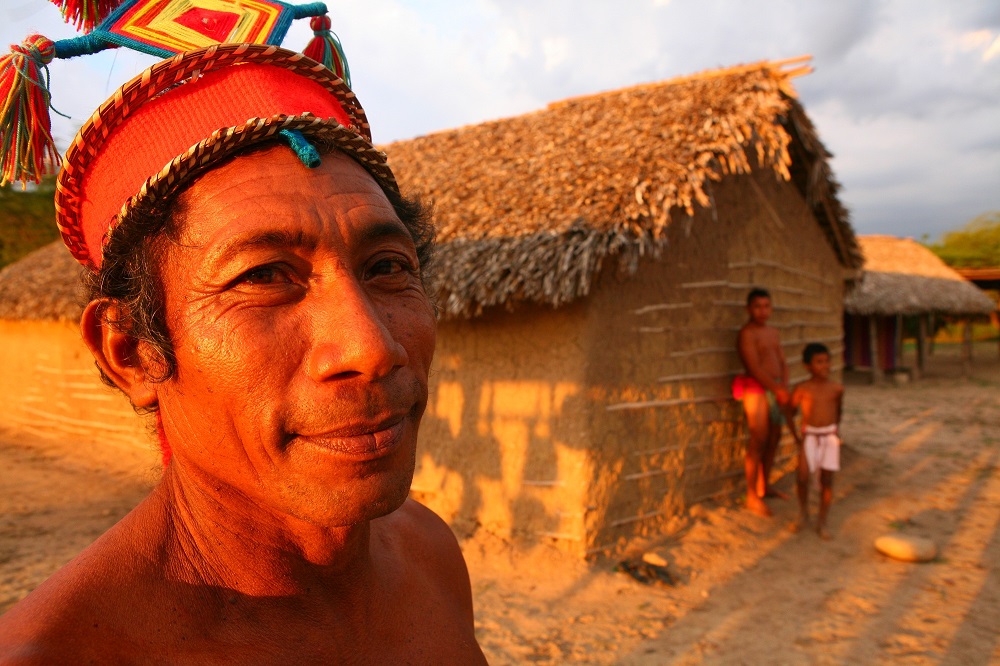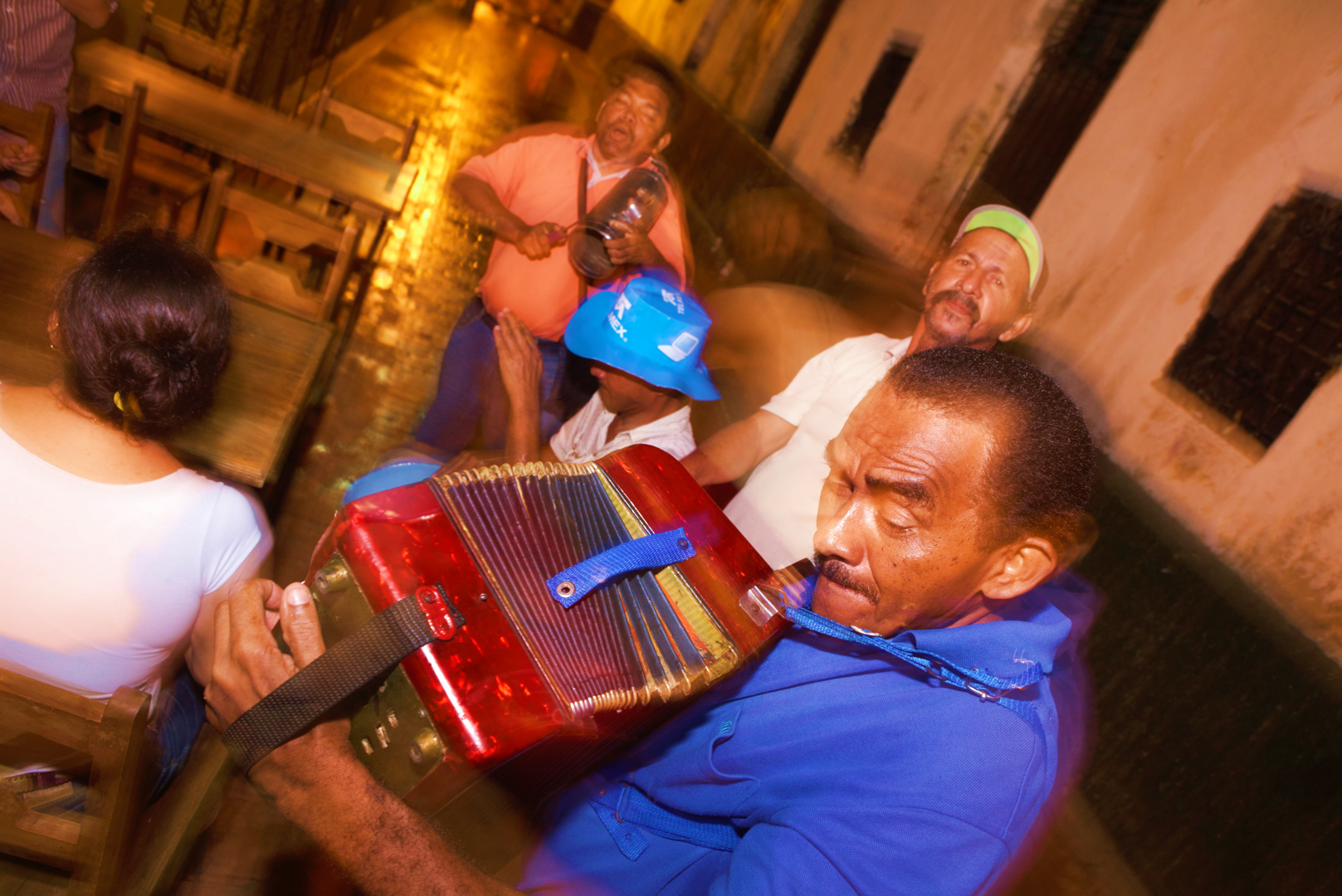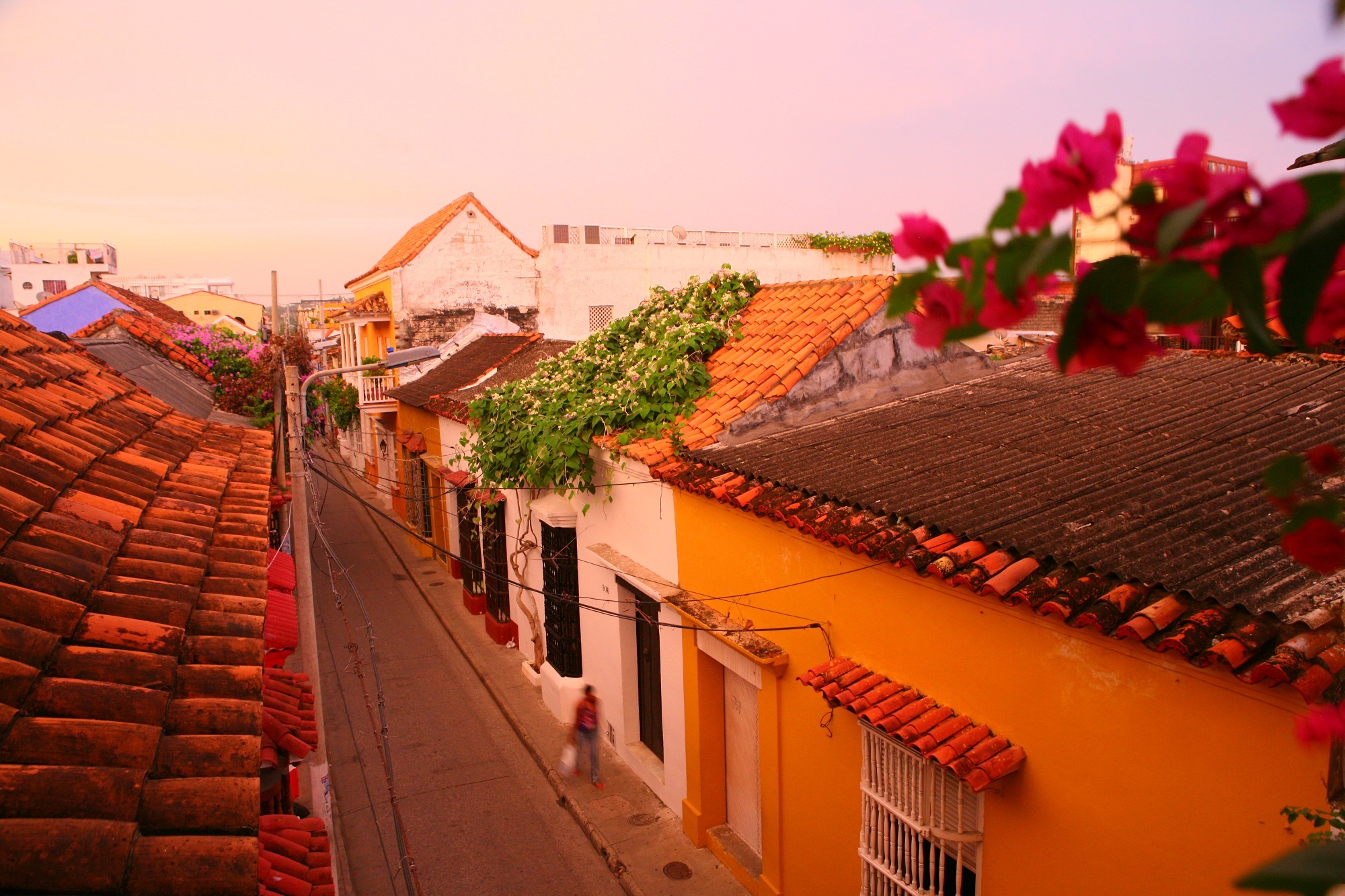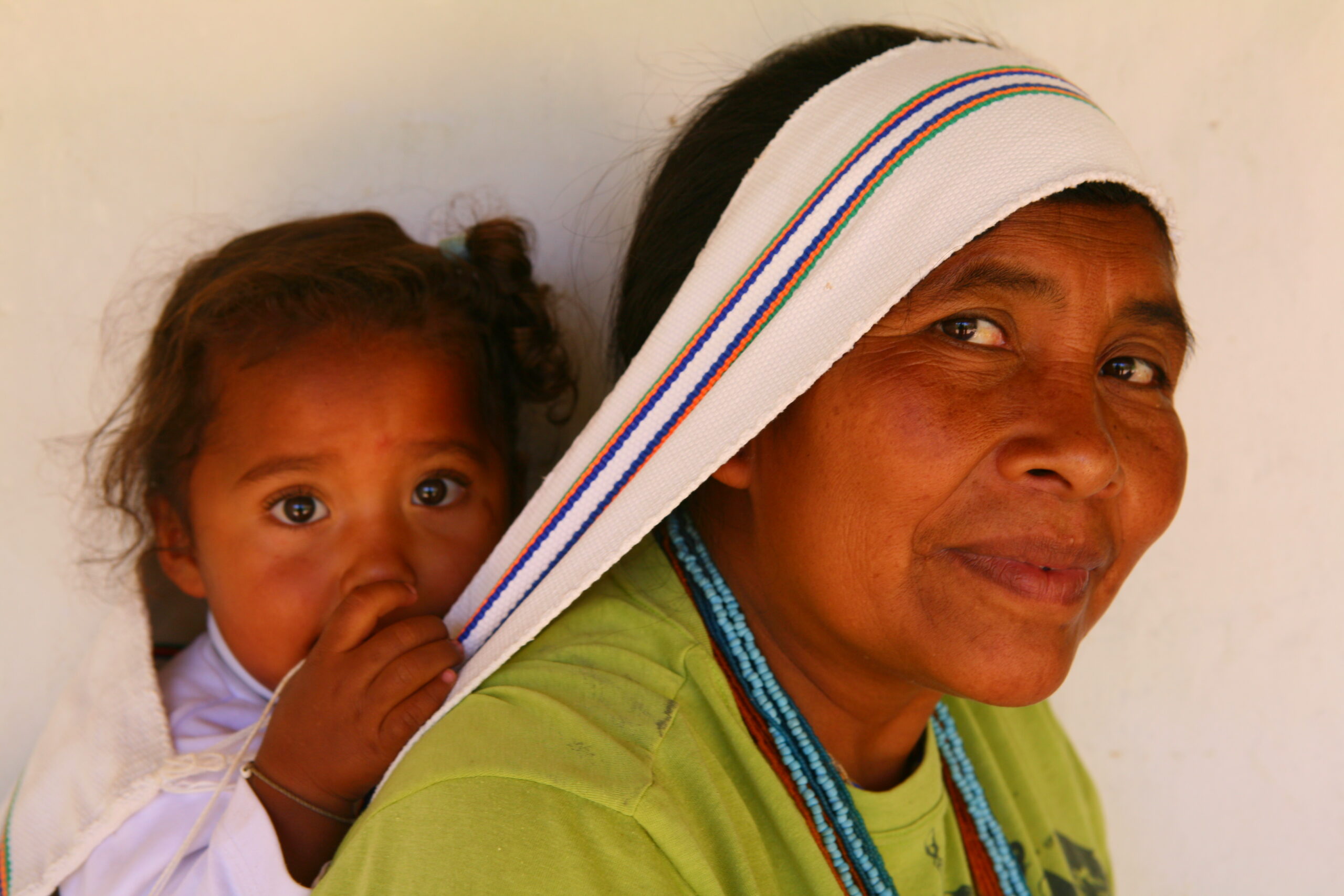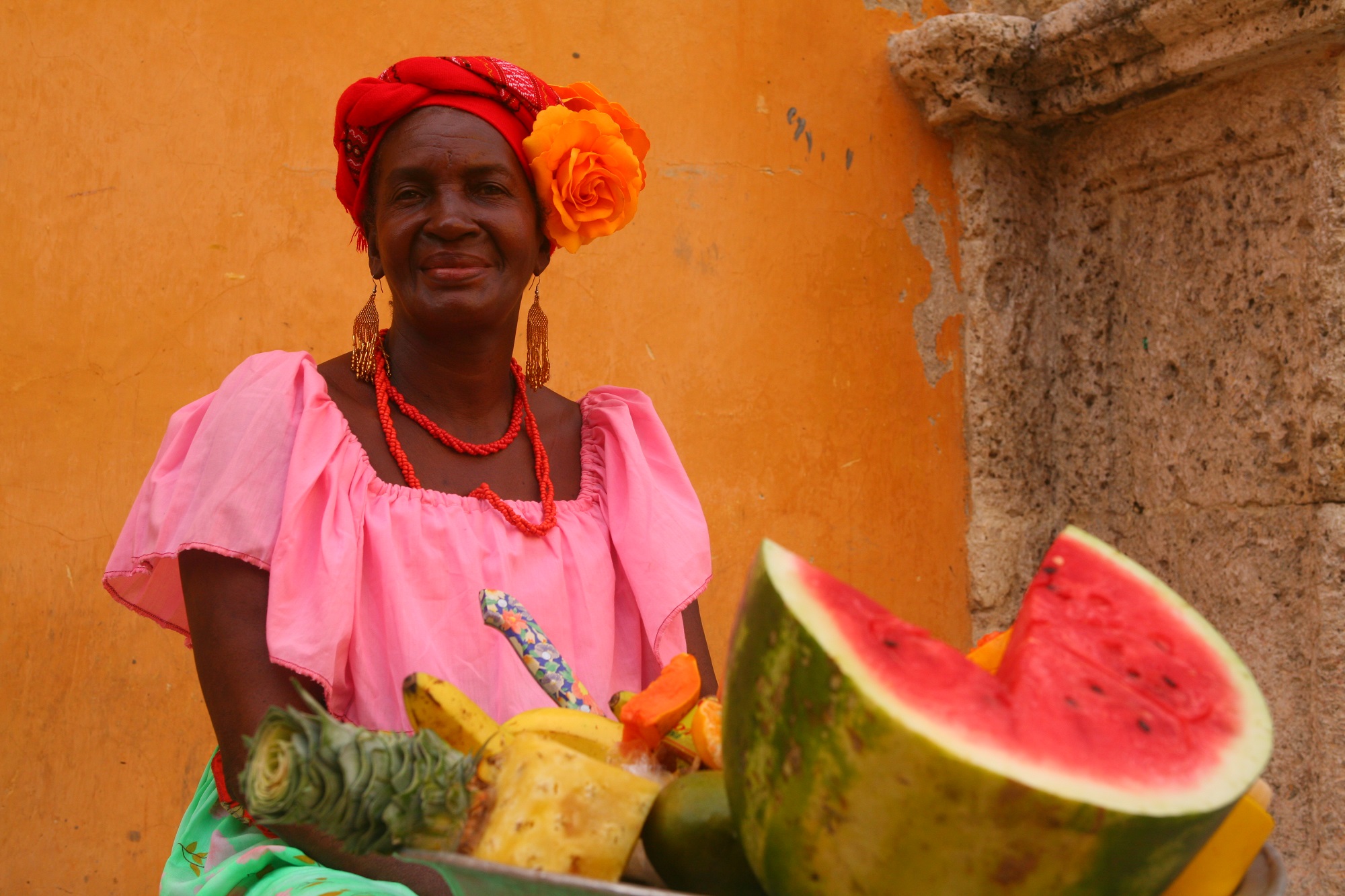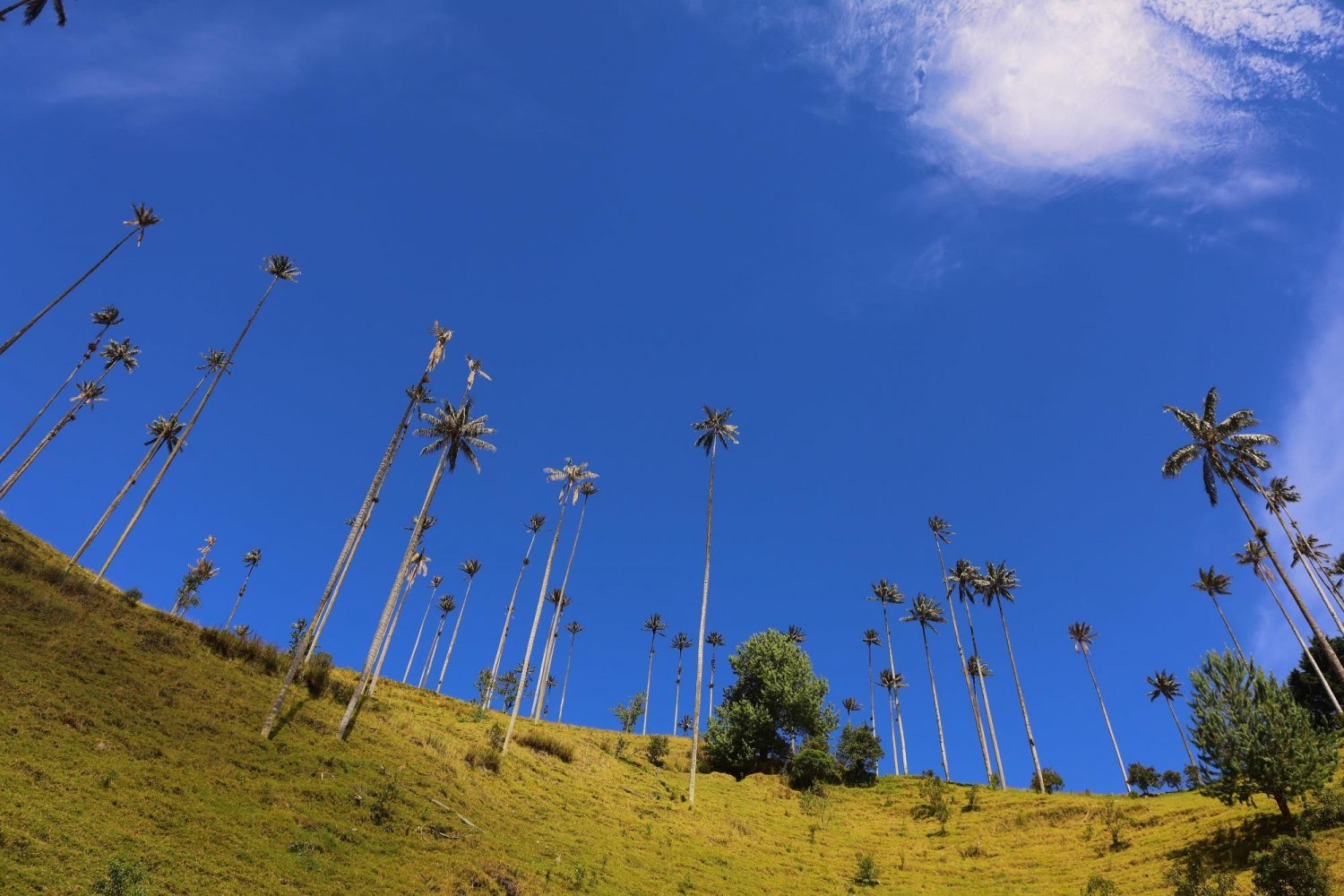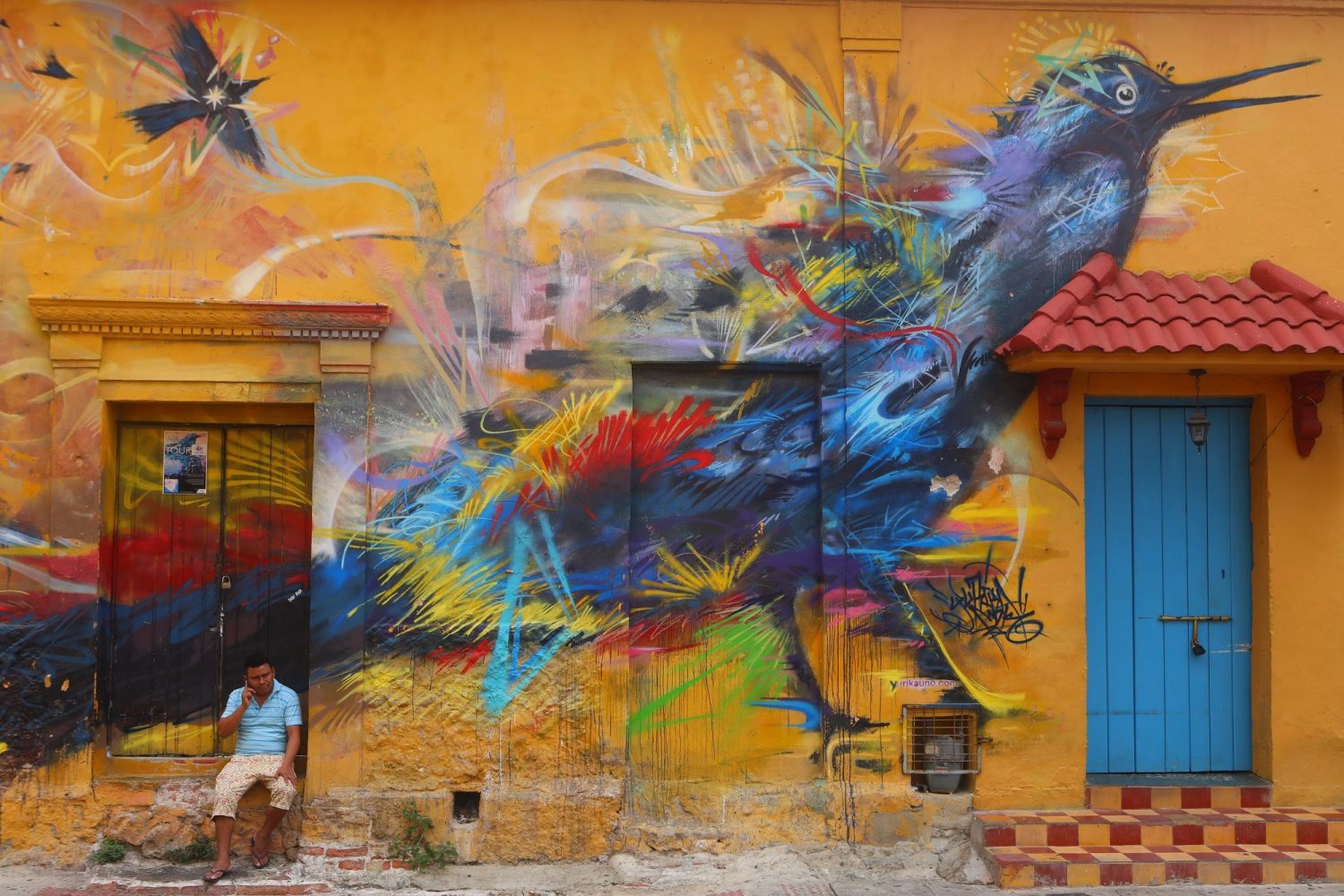Overview
Colombia is trending as a hot new travel destination now that peace prevails, and the country has turned its back on past travails. There’s never been a better time to visit this scenically stunning, culturally diverse, and simply fascinating country. And few people know Colombia as well as renowned travel journalist and National Geographic author and photographer Christopher P. Baker. Chris first visited Colombia on magazine assignment almost two decades ago. He later spent five months on assignment traveling to every corner of Colombia to research, write and photograph the National Geographic Traveler Colombia guidebook.
We’ll begin in Bogotá, the vibrant capital, where we’ll explore the colonial-era and administrative heart of La Candelaria, plus the colorful Paloquemao fruit and flower market. Then we’ll be wowed by a visit to a paso fino horse stable plus the world-famous Salt Cathedral of Zipaquirá. A highlight will be our two full days in Coffee Country—the Zona Cafetera—where we base ourselves in the region’s most colorful colonial village. Here our photographic excursions will include a visit to a coffee estate, plus a photographic hike in the Valle de Cocora, known for the world’s tallest palm trees.
Next, our time in exciting Medellín includes a visit to Comuna 13—until recently a dangerous no-go zone, this impoverished barrio is now visitor-friendly and offers sensational photographic opportunities. Plus, we’ll visit a flower farm in advance of the world-renowned Fería de Flores (Flower Festival). We end in Cartagena, where the boundless photo ops include colorfully dressed palenqueras and colonial houses adorned with bougainvillea and tropical ice cream pastels, plus the earthy and über-photogenic Bazurto market.
Itinerary
Day 1: (July 15) All participants arrive and settle into our hotel in Bogotá. Meet with Christopher in the evening for orientation and slide show, followed by a welcome dinner at El Son de Los Grillos. Overnight in Bogotá.
Day 2: (July 16) Today, a full day in the historic colonial neighborhood of La Candelaria as we explore the political and artsy side of the city on a fascinating (and superbly photogenic) guided “Graffiti Tour,” focused on Bogotá’s amazing street art. We end at the Botero Museum, where we’ll lunch. The balance of the afternoon is at leisure to further explore La Candelaria on your own. During “golden hour,” we’ll head to Bogotá’s highest skyscraper, the Torre Colpatria, to photograph the city from the rooftop into the “blue hour.” This evening enjoy a delicious three-course meal together at La Bruja. (If you arrive early for the tour, you can explore the Museo de Oro Precolumbino, or “Gold Museum,” displaying the world’s largest collection of pre-Columbian gold; it is closed on Mondays.) Overnight in Bogotá.
Day 3: (July 17) This morning we’ll journey beyond Bogotá to a stable where we’ll visit the underground Roman Catholic church (unofficial) known as the Salt Cathedral of Zipaquirá. Considered one of the most notable achievements of Colombian architecture, the cathedral lies within the tunnels of a salt mine 200 meters underground. We’ll see and photograph icons, ornaments and architectural details hand carved in the halite rock. We then enjoy a traditional bandeja paisa platter lunch and photograph a stable and paso fino demonstration with Colombia’s unique Paso Fino horses. Returning to Bogotá, we hope to arrive in time to take a cable car to Monserrate hill for sunset photos. Overnight in Bogotá.
Day 4: (July 18) We begin with an early start to visit the colorful market known as Paloquemao. Founded in 1947, the market offers one of the most authentic experiences you can have in Bogotá. The photo opportunities are endless, notably of its outside flower section. Then we’ll fly from Bogotá to Pereira (or Armenia, depending on air schedules), in the heart of Coffee Country—the Zona Cafetal. Upon arrival, we’ll head to the hilltop Finca San Alberto (or Hacienda Brusela). Here, we’ll photograph a working coffee-estate and to learn the techniques of coffee-tasting while savoring samples and photographing the colonial-era estate and its stupendous mountain setting. We arrive Salento and settle into our hotel in the heart of this most colorful and vibrant colonial hill-town, with its many Willys Jeeps and geranium-adorned filigreed balconies and traditional street life, perfect for “golden hour” and “blue hour” photography. Overnight in Salento.
Day 5: (July 19) No doubt you’ll want to be up early for your own serendipitous “golden hour” photography before we head out of town (avoiding the hordes of day-tripping tourists who swamp beautiful pedestrian-only Calle Real, the main street). Our short drive leads into the Cocora Valley, a scenic stunner renowned as the last refuge of the critically endangered yellow-eared parrot and the Colombian wax palm—the world’s tallest palm species—reaching towards the ethereal mists for which the valley is known. The physical setting is sublime! We’ll take a short hike that guarantees wonderful landscape photography and a healthy appetite for enjoying a lunch of fresh-caught pink trout. Returning to Salento, the balance of the day is at leisure to enjoy a siesta and for your own photographic pursuits in late afternoon and early evening. Overnight in Salento.
Day 6: (July 20) This morning we journey via the lovely colonial-era hill-town of Filandia (time permitting) for street photography. Later in the day, we’ll fly from Pereira (or Armenia) to Medellín via Bogotá. The balance of the day is at leisure. Overnight in Medellín.
Day 7: (July 21) This morning we’ll take a guided walking tour of downtown, including Plaza Botero, with its remarkable Botero statues. Then a true highlight this afternoon as we visit Comuna 13, a once-dangerous barrio and FARC (and, later, paramilitary) fiefdom brought back from the abyss by bold revitalization. We’ll engage with locals and achieve some astounding photography. We’re accompanied throughout by a local guide whose involvement in Comuna 13 community projects opens hidden doors and assures a more-than-fulfilling experience. Overnight in Medellín.
Day 8: (July 22) We begin with an early morning Metro-Cable tram ride over the Santo Domingo shantytown to Parque Avri, from where we’ll drive into the hills south of town to visit a flower farm in Santa Elena. The region will be full of energy as Colombian visitors dressed in ruanas (shawls) and sombreros vueltos (distinctive Colombia straw hats) flock to see farmers putting the finishing touches to their silletas—flower arrangements—for the following week’s flower festival parade. Return to Medellín for free time and dinner at leisure. Overnight in Medellín.
Day 9: (July 23) This morning, we’ll head to El Peñol de Guatapé, a sugarloaf massif with stupendous views over lake country from its summit (reached by a 740-step exterior staircase, this is only for the hale and hearty). We’ll focus our time and cameras in photographing the cobblestone hillside village of Guatapé, with its colonial houses adorned with zócalos—colorful murals (many of village life) painted at the base of houses. Return Medellín for dinner at leisure. Overnight in Medellín.
Day 10: (July 24) Our group will transfer to the airport to fly from Medellín to the coastal colonial city of Cartagena. After lunch, we will have a brief optional “get-your-bearings” guided tour around the historic walled city and vibrant street life. We end with a private photo shoot with one or more of the palenqueras—Afro-Colombia fruit-sellers dressed in traditional rainbow-hued costumes. The rest of the afternoon is free for exploring at leisure. Overnight in Cartagena.
Day 11: (July 25) This morning we’ll journey outside the walled city to visit the authentically untouristed and astonishing Bazurto open-air fruit, meat and fish market. Superb photography here! We’ll then make a short walking tour in Getsemani—a rapidly gentrifying historic district with vibrant street life. The afternoon is free for you to enjoy at your leisure. This evening we’ll close with a presentation of everyone’s favorite images, then enjoy a farewell dinner together at Marea harborfront restaurant. Overnight in Cartagena.
Day 12: (July 26) This morning we’ll transfer participants to the Cartagena airport to connect with their flights home.

